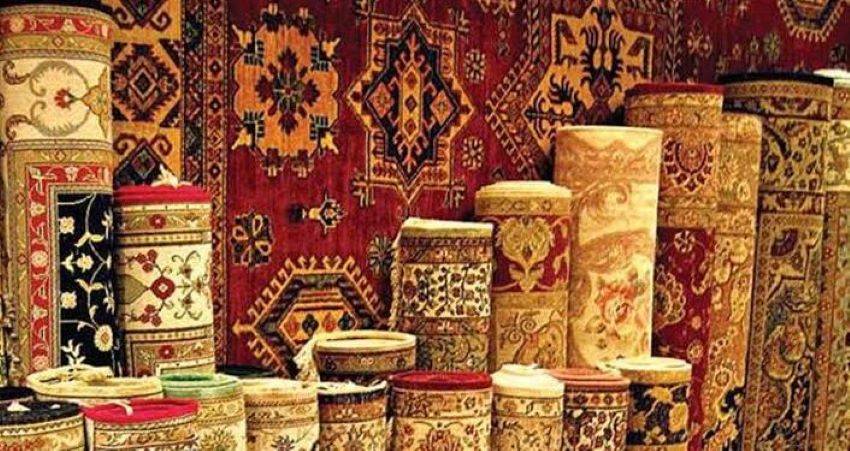
GI Tag has broader positive benefits, particularly for local communities. It encourages the preservation of biodiversity, local knowledge, and natural resources in particular, and this is an area where India can succeed.
"The Consultative Group Meeting for all products has already been held successfully, and the products are on their way to receiving the tag. The final GI tag is expected soon," according to a spokesperson.
He mentioned the famous Basohli paintings (Kathua), Basholi pashmina woollen products (Kathua), Chikri wood craft (Rajouri), Bhaderwah rajma (Doda), Mushkbudji rice (Anantnag), Kaladi (Udhampur), Sulai honey (Ramban), Anardana (Ramban), and Ladakh wood carving (Ladakh).
The GI tag protects the original producers by preventing unauthorised use by third parties. It also increases exports, promotes goods on a global scale, and brings economic prosperity to producers and stakeholders.
"Only an authorized user has the exclusive right to use the GI tag in relation to the goods for which it is registered. As a result, no one can copy it from outside the geographical area," said the spokesperson.
In consultation with various stakeholders, the National Bank for Agriculture and Rural Development took the initiative to identify unique products from Ladakh and Jammu and Kashmir. It authorized a project for the registration of GI tags on products from both Union Territories, he added.
















